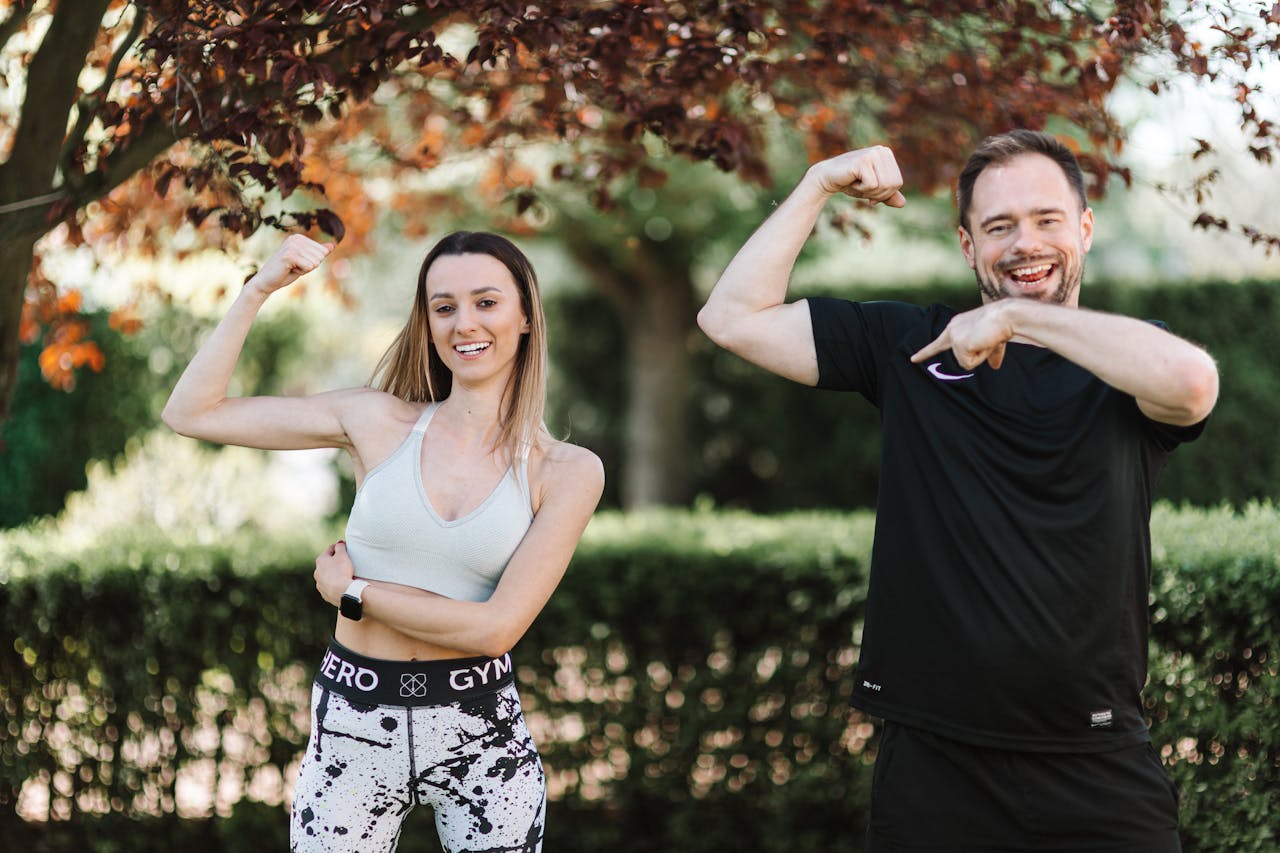Contents
Endorphins are natural neurochemicals produced by the central nervous system and pituitary gland. The word “endorphin” is a combination of “endogenous” (produced within the body) and “morphine” (a pain-relieving compound). Endorphins function as neurotransmitters and neurohormones, playing a vital role in regulating pain, mood, stress, and pleasure.
There are several types of endorphins, but beta-endorphin is the most studied and is known for its powerful analgesic(pain-relieving) and euphoric effects.
What is Endorphin Used For?
In the body, endorphins serve as natural opioids, helping to:
- Reduce the perception of pain
- Promote feelings of well-being or euphoria
- Regulate appetite and stress responses
- Enhance immune response
- Support hormonal balance during physical exertion or emotional stress
Endorphins are part of the body’s reward system, helping to reinforce behaviors essential for survival (e.g., eating, physical activity, social bonding).
What Are the Benefits of Endorphin?
Endorphins contribute to physical, emotional, and cognitive well-being in the following ways:
1. Pain Relief
They act on the same receptors as opioids, helping to reduce acute and chronic pain without pharmaceutical drugs.
2. Improved Mood
Endorphins contribute to the “runner’s high” and help alleviate symptoms of depression and anxiety by promoting relaxation and happiness.
3. Reduced Stress
Endorphins buffer the effects of cortisol (the stress hormone), helping the body cope with emotional and physical stressors.
4. Boosted Immune Function
Studies suggest endorphins may enhance the immune response by reducing systemic inflammation and supporting homeostasis.
5. Better Sleep
By reducing stress and anxiety, endorphins can promote deeper, more restorative sleep.
6. Enhanced Cognitive Function
Endorphin release during physical activity has been associated with improved focus, learning, and memory.
What Should Be Done for Endorphin Secretion in the Body?
Natural endorphin production can be enhanced through various lifestyle strategies:
1. Aerobic Exercise
- Activities like running, cycling, swimming, and dancing stimulate endorphin release.
- The phenomenon known as “runner’s high” is linked to high endorphin and endocannabinoid levels.
2. Laughter and Social Connection
- Positive social interactions, group workouts, and genuine laughter promote endorphin release.
3. Music and Dance
- Listening to enjoyable music and dancing have been shown to increase endorphin and dopamine levels.
4. Meditation and Mindfulness
- Mind-body practices reduce stress and increase relaxation-associated endorphins.
5. Spicy Foods and Dark Chocolate
- Capsaicin in chili peppers and phenylethylamine in dark chocolate can trigger mild endorphin release.
6. Sexual Activity
- Physical intimacy and orgasm elevate endorphin, oxytocin, and dopamine levels.
Relationship Between Endorphin and Fitness
Endorphins are closely linked to the psychological and physiological benefits of exercise:
- Mood Boosting: Regular workouts improve mental resilience and reduce symptoms of depression and anxiety.
- Pain Management: Exercise-induced endorphins help athletes tolerate high training loads and recover faster.
- Increased Adherence: The pleasurable feelings after a workout can encourage consistent exercise behavior.
- Stress Relief: Endorphins help neutralize cortisol after workouts, aiding in post-exercise recovery.
Fitness programs that combine aerobic training, resistance training, and enjoyment (e.g., group classes) can optimize both performance and endorphin response.
Frequently Asked Questions About Endorphin
Q: How long does it take for endorphins to release during exercise?
A: Endorphins begin to increase after 20–30 minutes of moderate-intensity aerobic activity.
Q: Is endorphin the same as dopamine?
A: No. Endorphins are opioid-like peptides that reduce pain, while dopamine is a neurotransmitter involved in motivation and reward. They often work together during pleasurable activities.
Q: Can endorphins help with chronic pain?
A: Yes. Endorphin-stimulating activities like aerobic exercise and acupuncture may offer natural pain relief for some chronic conditions.
Q: Do all types of exercise increase endorphins?
A: Aerobic activities show the strongest link, but resistance training and high-intensity interval training (HIIT) can also stimulate endorphin release.
References
- Boecker H, et al. The runner’s high: opioidergic mechanisms in the human brain. Cerebral Cortex. 2008;18(11):2523-2531. https://doi.org/10.1093/cercor/bhn013
- Dishman RK, et al. Neurobiology of exercise. Obesity. 2006;14(3):345–356.
https://doi.org/10.1038/oby.2006.46 - Zubieta JK, et al. Regional mu opioid receptor regulation of sensory and affective dimensions of pain. Science. 2001;293(5528):311–315.
https://doi.org/10.1126/science.1060952 - Choi CJ, et al. Exercise and neuroendocrine modulation. Annals of the New York Academy of Sciences. 2012;1261(1):42–48. https://doi.org/10.1111/j.1749-6632.2012.06631.x



